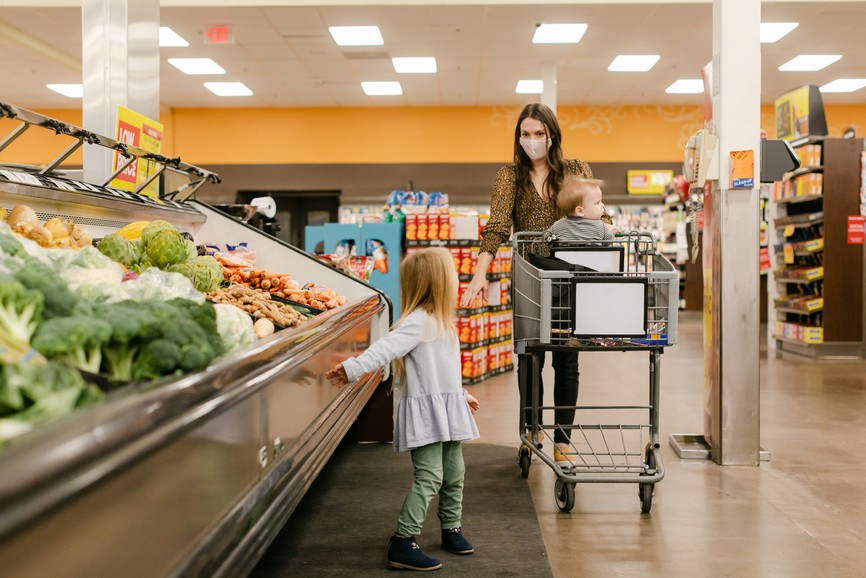Retail Theft Is Rising: Here’s What You Need To Know Now About Loss Prevention
If your business experienced a significant uptick in retail theft during the pandemic, you’re not alone.
According to the National Retail Federation (NRF), 75 percent of companies reported an increase in Organized Retail Crime (ORC) in the past year.
While the COVID-19 pandemic exacerbated the problem, research shows that an increase in ORC will continue for the foreseeable future. Reacting to this problem after retail theft has occurred is costly, time-consuming, and ineffective. That’s why prevention is key.

To get ahead of this problem, it’s important to understand why ORC is increasing, what it looks like today, and which loss prevention techniques are most effective. At VIRA Insight, we have over two decades of experience outfitting retail spaces with sleek, effective, customizable loss prevention solutions.
Our loss prevention systems are effective because they are informed by research and experience. Today, we want to share what we’ve learned about retail theft with you so that you can make smart decisions to protect your business. Here’s what you should know now about loss prevention:
RETAIL THEFT IS AN EXPENSIVE PROBLEM
According to the NRF, retailers lose an average of $719,548 for every $1 billion in sales to ORC. Even before the pandemic made this problem worse, 22 of the largest retailers reported losing $61.7 billion due to theft, fraud, and other retail shrinkage in just one year (2019).
Once retail theft occurs, recovering financial loss is extremely difficult. In fact, only 2.9 percent of all retail theft losses are recovered by retailers, resulting in massive shrinkage. This is why, when it comes to saving your business money, retail theft prevention is key.
WHY RETAIL THEFT INCREASED DURING THE PANDEMIC
During the COVID-19 pandemic the nature of retail theft changed as it increased. Widespread financial hardship led to an increase in necessity-driven theft. As shoppers became more motivated by need, theft transitioned from targeting expensive items like electronics to shoplifting essential items like food, products for infants, and household commodities. Unsurprisingly, essential retailers were hit particularly hard, with shoplifting in that sector increasing by 8.6 percent.
Last year it was necessary for retailers to adapt their businesses to comply with COVID-19 protocols. But in many cases, the same protocols that were designed to keep customers safe also enabled thieves. The prevalence of masks allowed for more anonymity from security camera footage and staff. Additionally, pandemic protocols occupied staff attention, making them less likely to focus on theft prevention.

AS COVID-19 EASES, RETAIL THEFT WILL NOT
During the pandemic, many retailers shifted to or increased the use of self-checkout stations. Having invested in that technology and infrastructure, those retailers are expected to continue to rely on contact-free checkout post-pandemic.
While self-checkout has many advantages, it also results in greater levels of loss. According to a 2018 Efficient Consumer Response survey, retailers with self-checkout report losses from 33 percent to 147 percent higher than stores with fixed self-checkout.
Even as mask use becomes less ubiquitous and the economy and job market recover, higher levels of retail theft are expected to remain. Potential continued boldness from shoplifters may continue even as they shift back to targeting more expensive products like designer items, high-end beauty products, and electronics.
HOW TO PROTECT AGAINST RETAIL THEFT
Investing in preemptive measures to prevent retail theft up front is key. At VIRA Insight, we offer a variety of flexible, customizable solutions designed to maximize protection against ORC. From anti-sweep hooks and lockboxes to full security cases, our Fortress series systems can be tailored to suit your business’ specific needs, helping you stop retail thefts and related financial losses before they happen.
